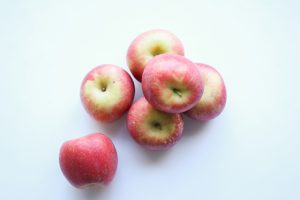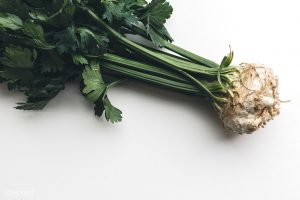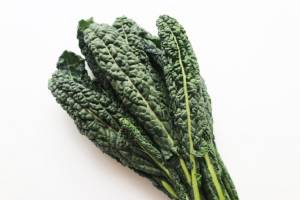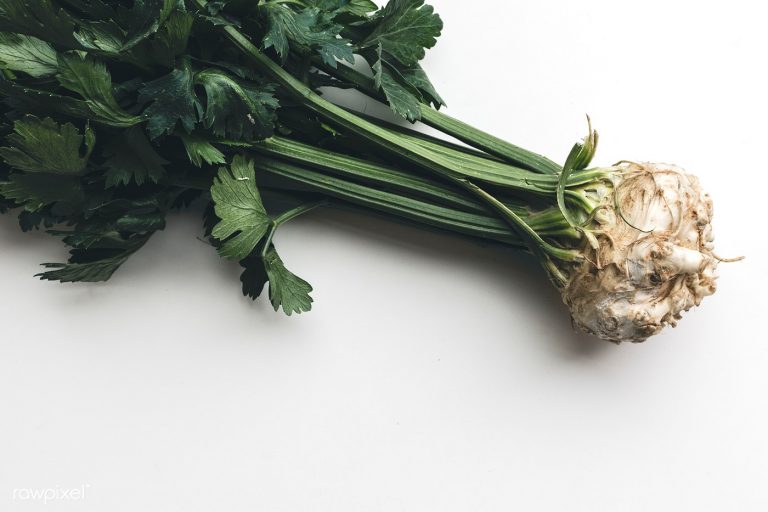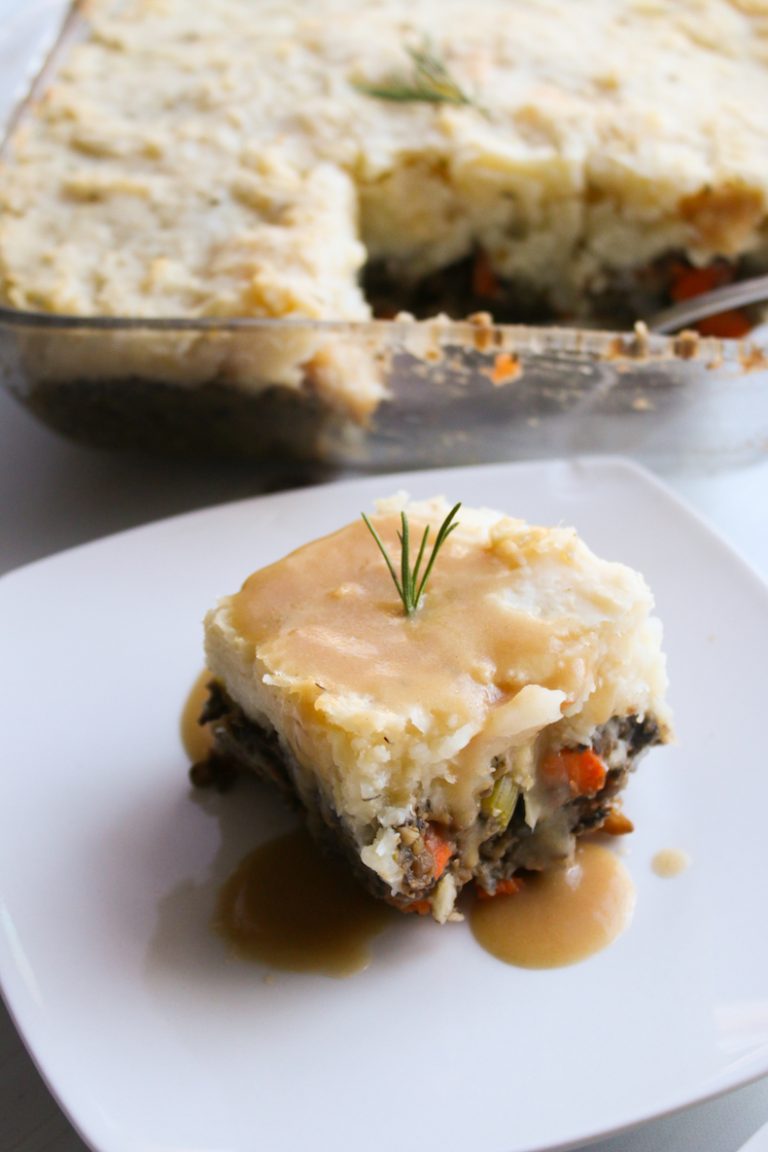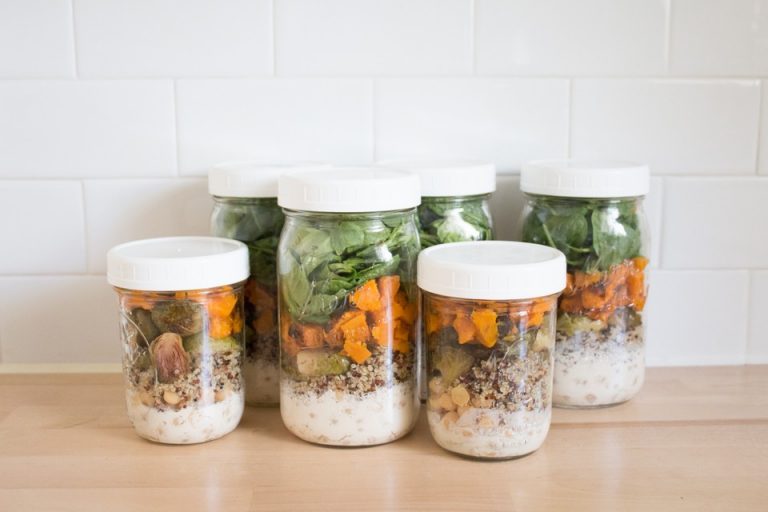I want Live Simply Natural to be a resource to help you feel empowered when making food choices, so I’m breaking down everything you need to know with some of the most common whole food ingredients. Today I’m sharing one of my favorites – CILANTRO!
Produce Guide: Cilantro
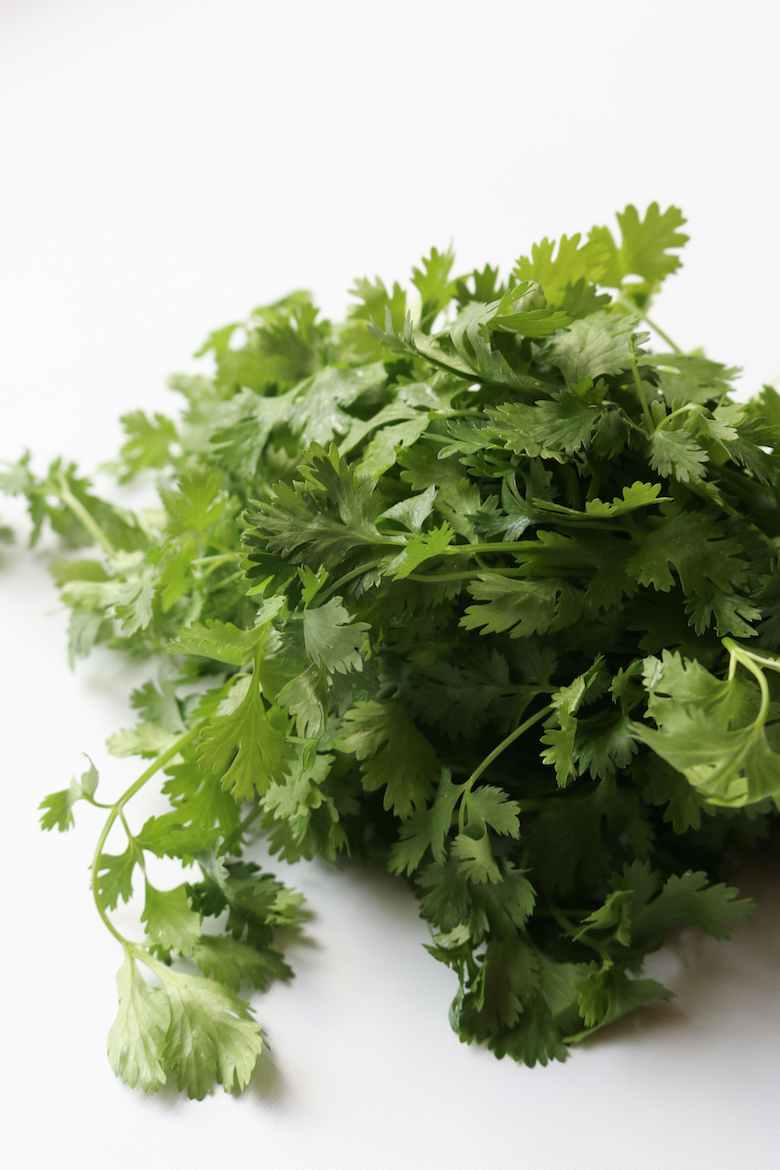
Cilantro, while available all year round from the grocery store, spring and fall season brings abundant fresh herbs like cilantro, parsley, mint, and chives, which grow beautifully during cooler months. The best time to get cilantro is the spring and fall seasons when the weather is cool enough to foster the best growing practices. What many do not know about cilantro, is that it is both an herb and a spice because the plant also bears aromatic seeds — more popularly known as coriander seeds. Cilantro can be used like most fresh herbs by adding them to marinades, thrown into salads, purée into pesto and toss with pasta or vegetables and even using them to infuse cooking oils.


-
HEALTH BENEFITS
A great source of vitamins and minerals, cilantro should be considered a superfood, or at least a “super herb.” A small amount delivers the full daily value of vitamins A and K and is rich in vitamin C, potassium, and manganese. Cilantro is a great, low-calorie option for those who want to add more nutrients and flavor to their diet. Beyond its nutritional benefits, cilantro is a powerful cleansing agent that specifically targets toxic metals. Its deep-green leaves possess good amounts of antioxidants and dietary fiber, which may help reduce “bad cholesterol” levels in the blood. It has also been used in the treatment of skin inflammation, diarrhea, mouth ulcers, anemia, indigestion, menstrual disorders, smallpox, conjunctivitis, skin disorders, and blood sugar disorders, while also benefiting eye care.
NUTRIENT BREAKDOWN OF CILANTRO
*raw cilantro, 100g (source)
- Fiber | 2.8 g (11% DV)
- Protein | 2.1 g (4% DV)
- Carbohydrates | 3.7 g (4% DV)
- Vitamin A | 6748 IU (135% DV)
- Vitamin C | 28 mg (45% DV)
- Vitamin K | 310 mcg (388% DV)
- Manganese | 0.3 mg (16% DV)
- Folate | 62 mcg (16% DV)
- Magnesium | 26 mg (6% DV)
- Potassium | 521 g (15 % DV)
- Calcium | 67 mg (7 % DV)
- Iron | 1.8 mg (10% DV)
-
HOW TO BUY
When shopping for Cilantro, you should always look for the same things: Leaves should be bright and uniformly colored, with crisp and firm stems. Select herbs that have a fresh, vibrant fragrance, and avoid anything that seems overly moist or smells musty.
Make sure that the leaves are not browning or yellowing, and that they are free from small holes. If the leaves show signs of wilting, it is an indication that they have been sitting on the shelf for too long, or were not properly stored. Your best bet for buying fresh herbs and cilantro is at a local farmers’ market. If farmer’s markets aren’t an option for you then pick herbs that have been grown organically.
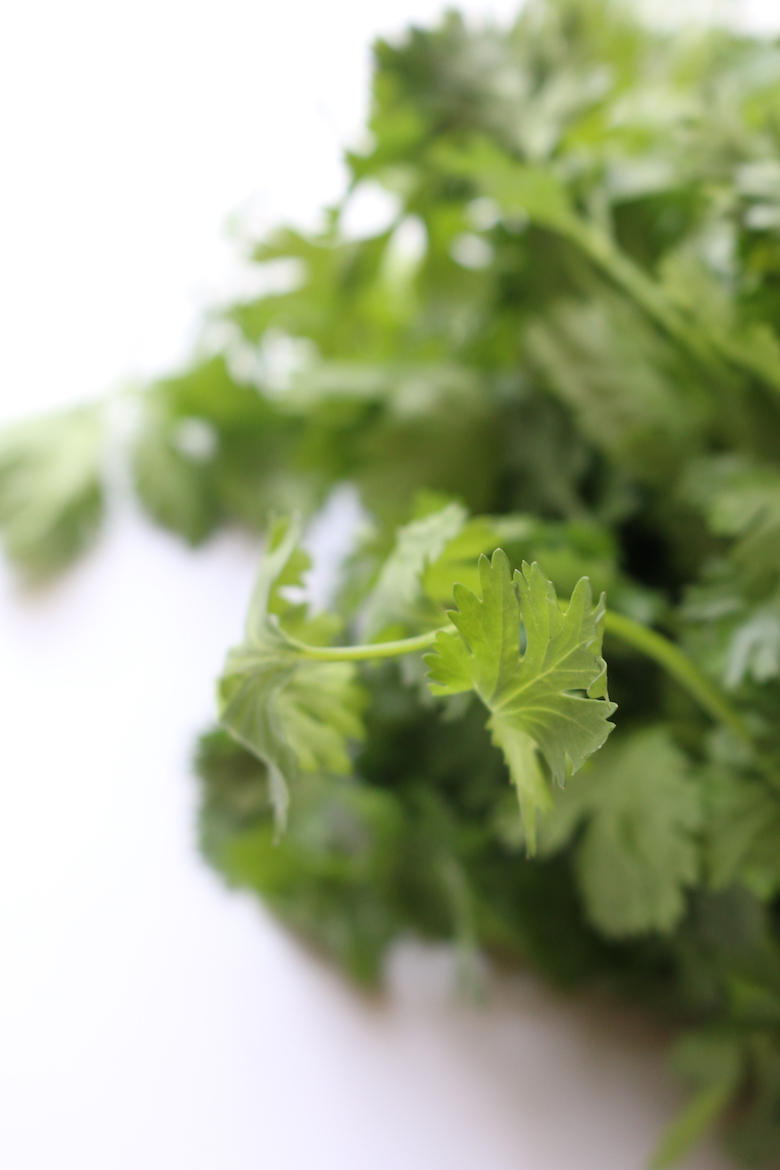
-
HOW TO STORE
When storing your cilantro be sure to remove any wilting or rotting leaves.
Make sure the leaves are completely dry and snip half an inch off the ends of your herbs, standing them upright in a jar filled with an inch or two of water.
Cover the top of the jar with a perforated plastic bag and store it in your fridge. Cilantro can typically be stored for up to two weeks like or longer when stored like this.
-
HOW TO PREPARE
Wash your cilantro right before you plan to use it, this will keep it fresh for longer.
When washing your cilantro use cold running water or swash it around into a bowl of cold water, repeating with fresh water if necessary until properly cleaned. Spin dry or pat dry with kitchen towels.
If shaving the leaves off the stem only shave as much cilantro as you need by grasping the base of the bunch and using a chef’s knife to shave leaves off stems at an angle, working away from your body. Great both cooked and raw, using them in soups, stews, salads, and pasta.

-
Cilantro Recipes
Looking for something to do with the cilantro you have in the fridge? Check out our recipes here!
WHAT’S YOUR FAV?
What ingredient do you guys want to learn more about? And if you have a favorite way to eat cilantro, tag @livesimplynatural or #livesimplynatural so the LSN community can get inspired by your dish too :)
Hugs,


